
|
|
|
|
|
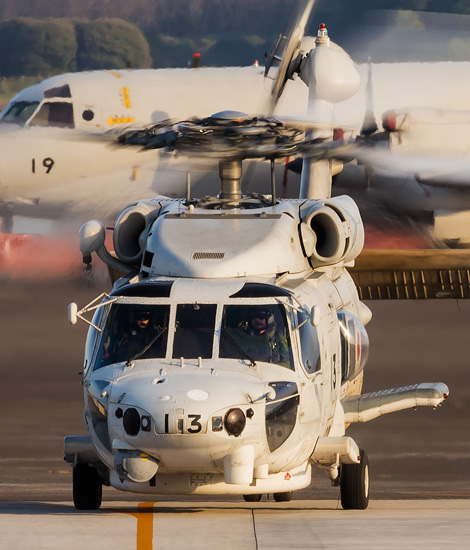
|
The Advanced Pilot Training School; Kanoya, November 6, 2019
Japan Maritime Self Defense Force, part 2; Text and Photograph's by Alex van Noye
After the pilots have completed their elementary training at Ozuki Air Station, they continue in the specialized advanced pilot training. Some of the students will specifically train here to become a pilot on one of the transport aircraft or patrol aircraft. The other part of the students will be trained to fly with helicopters.
The pilots of the Japan Maritime Self Defense Force (JMSDF) who will continue their career on one of the planes will be relocated to 202nd Educational Air Corps after their elementary training at Ozuki. This unit is based on Tokushima Air Station and is equipped with the TC-90. This aircraft is a military variant of the American Beech King Air. The TC-90 is used in Japan to train pilots who will fly with the large patrol aircraft such as the P-3 Orion and the Kawasaki P-1 and transport aircraft such as the C-130 Hercules. The US Navy also uses the T-44 based on the King Air C90 to train pilots for the major aircraft types. With the TC-90, the pilots are well prepared for these large aircraft types of the JMSDF. In total, the JMSDF received 41 aircraft of the TC-90 type. Today there are still thirteen aircraft of this type operational at the unit. The unit also has a single UC-90 in use for meteorological measurements. The Beech TC-90 is a modified version of Beechcraft King Air C90 and is used as a training aircraft for navigation training and instrument flying. In addition to flying the aircraft, the students also learn how to handle the rules and procedures that apply in Japanese airspace. The King Air is an aircraft that is easy to fly, making it an excellent aircraft for training of the young pilots. In addition to the TC-90, the JMSDF also has five LC-90 light transport aircraft in use at the 61st Fleet Air Squadron at Atsugi. Here, too, pilots train with these aircraft in preparation for the C-130 Hercules at the same unit. The 61st Fleet Air Squadron is the only unit of the JMSDF that flies the Hercules.
The last training that the pilots go through if they have passed the training on the TC-90 is that on the P-3C Orion. This training is completed at Shimofusa Air Station which is located in the northeast of the Japanese capital Tokyo. The 203rd Educational Air Corps Air Corps is the unit that provides education to acquire the knowledge and skills needed to fly a modern patrol aircraft. This unit is the last stop before the pilots are being assigned to an operational patrol squadron. The 203 Educational Air Corps is
|
|
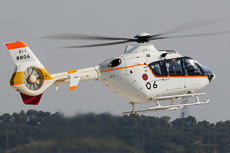
|
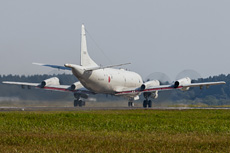
|
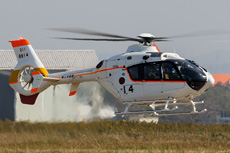
|
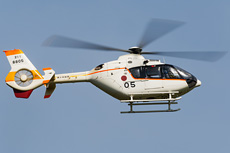
|
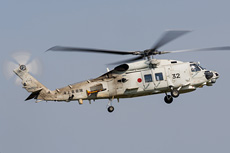
|
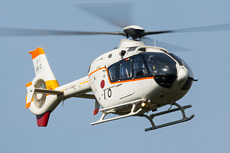
|
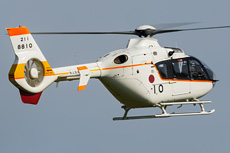
|
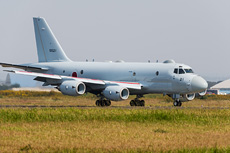
|
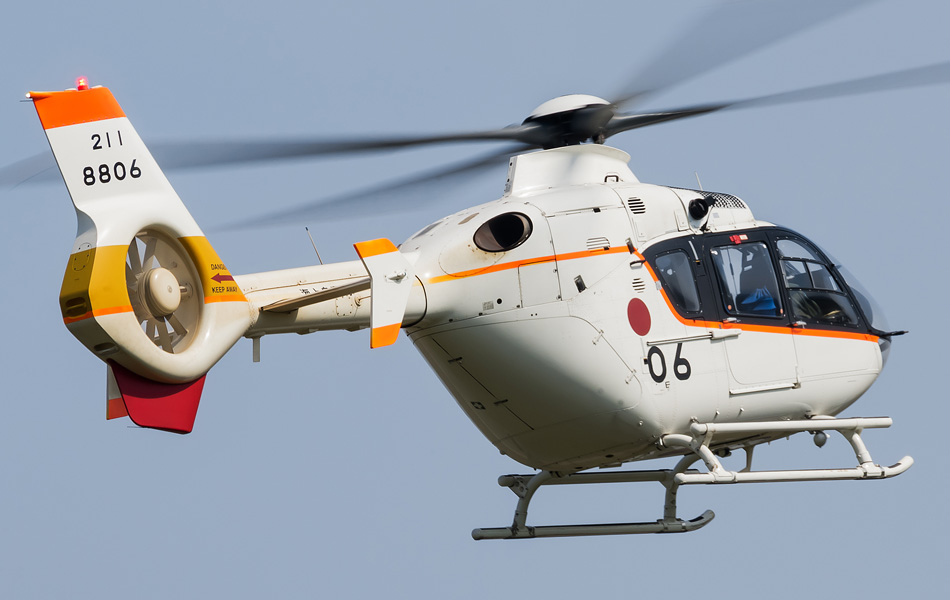
|
not only the last training for students in the practical crew course, the students are also confronted with all other crew members on board a patrol aircraft. These other crew members are also in this final phase of their training at this unit. The young pilots learn how to handle the role of captain aboard of the P-3C Orion. All tactical and strategic aspects of flying such an aircraft come on board. These actions range from the detection of submarines with the MAD boom to the use of sono-buoys on board and the use of other tactical systems. After the training at the 203rd Educational Air Corps, the pilots go to the operational units at either Hachinohe Air Station, Atsugi Air Station, Iwakuni Air Station, Kanoya Air Station or Naha Air Station. The pilots can be deployed fully operationally at these units after completing this training. Most pilots will be retrained immediately in the near future to the Kawasaki P-1 at their new operational unit; but this is a normal transition at this moment in the Navy.
The pilots who have been assigned to one of the helicopter types after their initial training in the JMSDF will soon go to Kanoya Air Station. The students will fly here at the 211th Educational Air Corps of the JMSDF. This unit at Kanoya Air Station is a basic training unit just like the one at Ozuki Air Station. However, the pilots are elementally trained here to fly with a helicopter. The pilots still know nothing about flying a helicopter when they start this training. For the basic task, the 211th Educational Air Corps has the Airbus TH-135. The first helicopter of this type was delivered to the JMSDF in December 2009. The unit received a total of fifteen of these helicopters for the training task. Initially, only thirteen helicopters were ordered, but in the end it became fifteen. The type has been used for initial training at the unit since November 2011. The Airbus TH-135 is the successor to the Hughes OH-6DA in Japan in the navy, which in the meantime was very outdated. The helicopter suffered greatly from wear and tear, which eventually caused a helicopter to crash during a training on February 12, 2015. The Hughes OH-6DA has since been phased out and has been completely replaced by the Airbus TH-135. The Airbus TH-135 is a military version of the well-known Eurocopter EC135 which is also a popular helicopter in Europe for training tasks in defense. The helicopters are easy to fly, which makes them the perfect machines for the initial helicopter training. With these small helicopters the students learn to fly by helicopter and they also learn to fly on the instruments for night flights.
After the pilots have completed their initial training on the helicopter at the 211th Educational Air Corps, they will move to the 212th Educational Air Corps. This unit is also based on Kanoya Air Station on the Japanese southern island of the mainland. The 212th Educational Air Corps is a relatively new unit at the JMSDF and provides advanced helicopter training for the Japanese navy. The pilots who will fly at this unit know basically how to handle a helicopter. At the 212th Educational Air Corps, the young pilots will face the heavier helicopter types of the JMSDF for the first time. The helicopter used at this unit for the training task is the Sikorsky SH-60 Seahawk. The Japanese designation for this helicopter is Mitsubishi SH-60K Seahawk. The aircraft is produced under license by Mitsubishi heavy Industries and is the backbone of the Japanese maritime helicopter fleet. During the training at the 212th Educational Air Corps, the crews initially train in flying this large helicopter. In the second part of the training the students will learn to use the helicopter tactically and they will learn to land on a moving ship of the Japanese navy. The pilots will also learn how to command a helicopter during a deployment. So they learn to cooperate with the load masters and divers who can fly along. After training on the SH-60, the pilots will be assigned fully deployable to one of the operational helicopter units of the Japanese navy for both the operational as the RAS role helicopters.
|
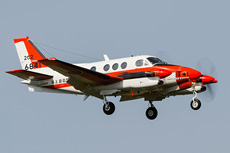
|
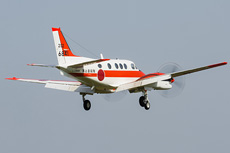
|
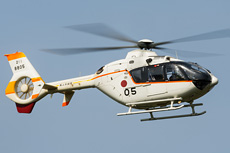
|
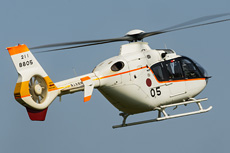
|
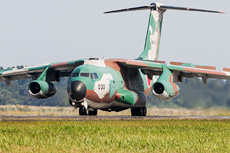
|
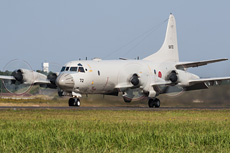
|
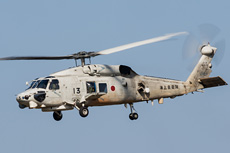
|
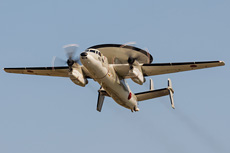
|
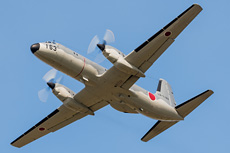
|
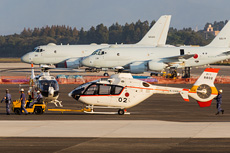
|
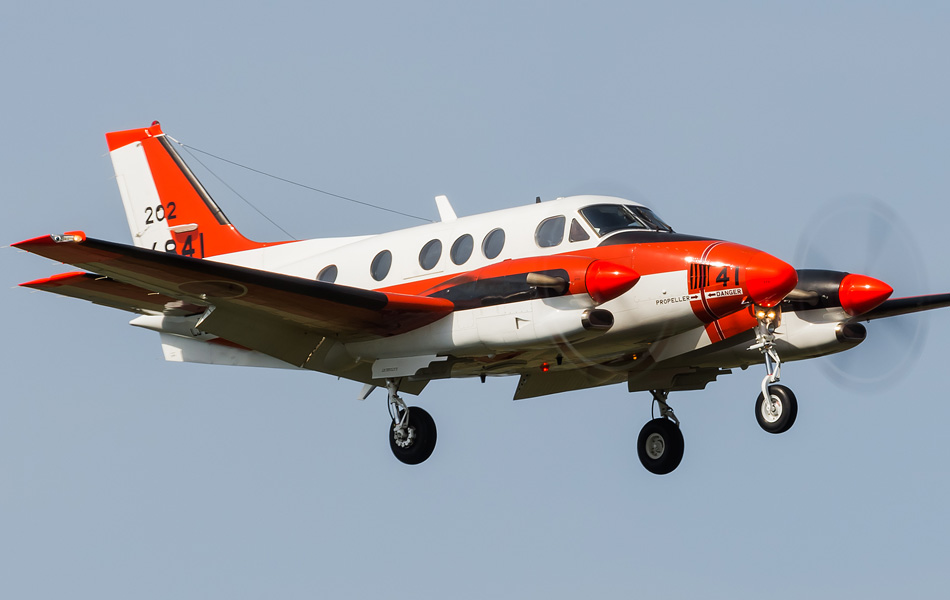
|
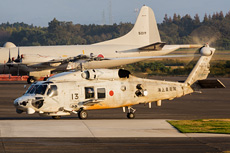
|
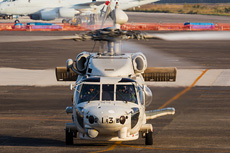
|
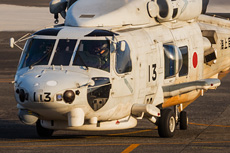
|
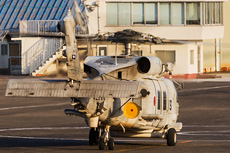
|
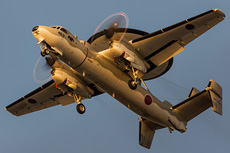
|
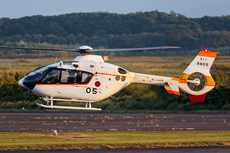
|
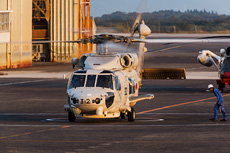
|
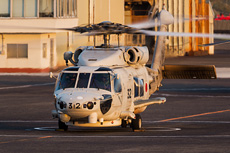
|
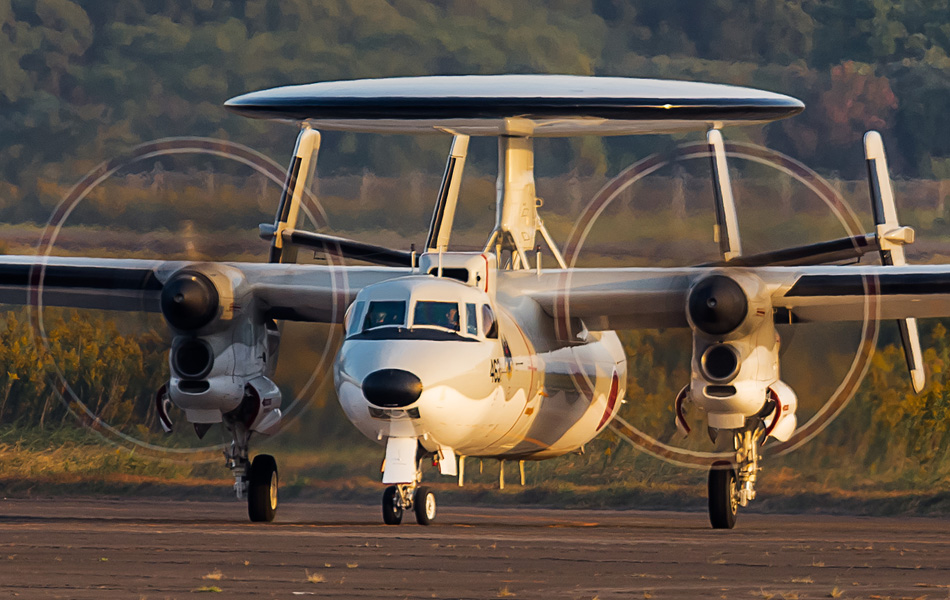
|
|
|

|







